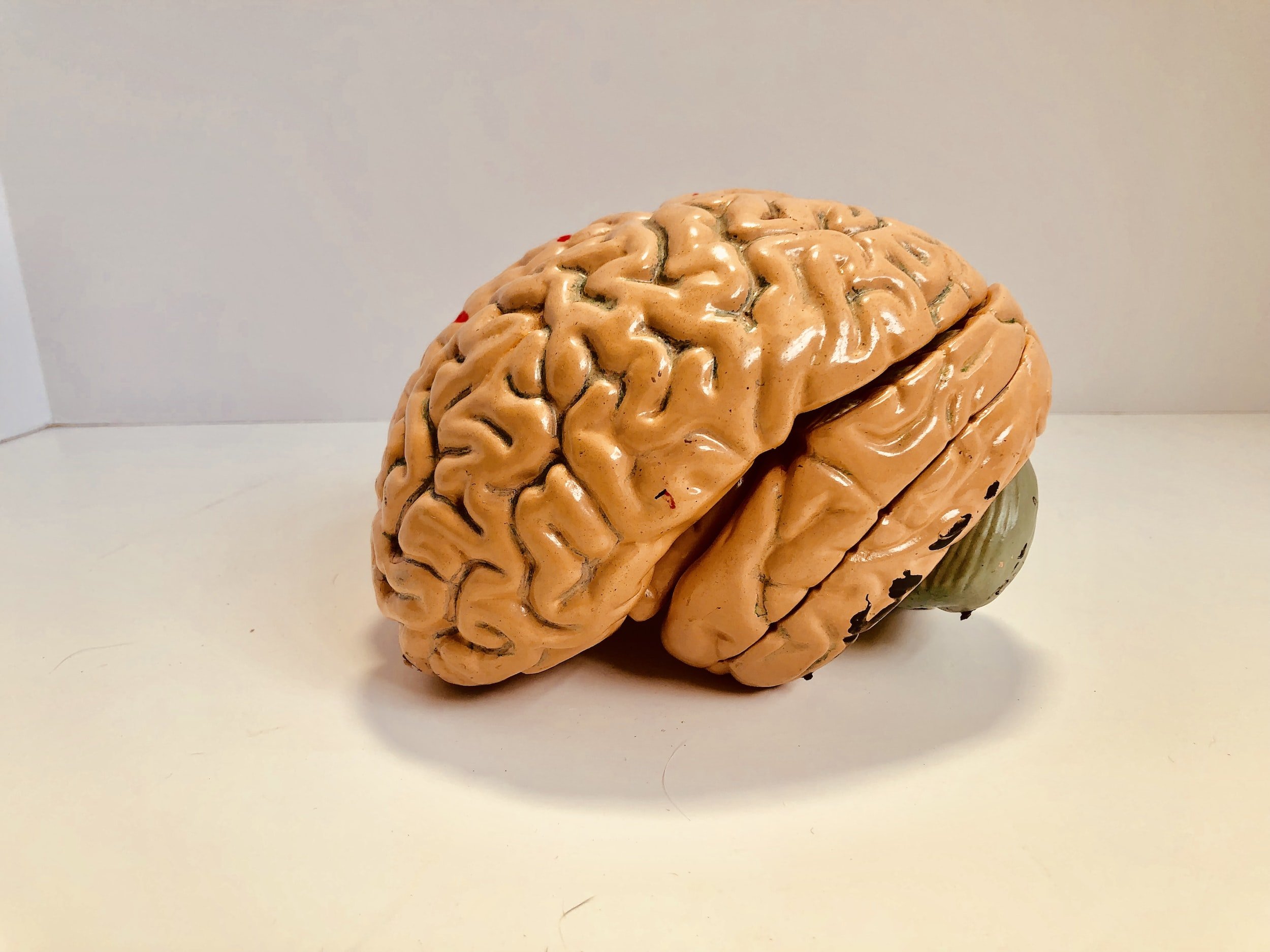
Meningioma
Meningiomas are a type of tumor that originates from the meninges, which are membrane-like structures that encase the brain and spinal cord. Meningiomas make up approximately 20% of all primary intracranial tumors in adults and are the second most common type of brain tumor. They tend to occur between the ages of 40 and 70, with a marked female predominance among middle-aged patients, with a ratio of approximately 3:1. Meningiomas are rare in children, accounting for only 1.5% of all cases of meningiomas.
-
Meningiomas have been linked to certain predisposing factors, such as exposure to radiation and specific genetic disorders like neurofibromatosis (predomninantly NF-2). Moreover, there have been instances of meningiomas occurring in related individuals, including monozygotic twins, indicating a possible hereditary inclination for this type of tumor.
-
The symptoms exhibited by a meningioma are contingent upon the tumor's size and location, typically resulting from the compression of neurovascular structures in the surrounding area. For instance, a meningioma impinging upon the frontal lobe may produce a constellation of symptoms referred to as "frontal lobe syndrome," while a meningioma affecting the motor cortex, also known as Rolando's area, can induce contralateral hemiparesis or motor weakness in the opposite half of the body. Intracranial meningiomas may also provoke headache, stroke, seizure, loss of vision, or personality alterations, whereas meningiomas affecting the spinal cord may prompt pain or weakness at the level of cord involvement. Given their slow rate of growth, symptoms may progress gradually and extend over an extended period of time.
-
The diagnostic process for meningiomas starts with comprehensive documentation of the patient's medical history, including a detailed account of the onset and duration of symptoms, as well as a thorough neurological examination. While laboratory results do not have a significant impact on the diagnosis, radiological studies, such as magnetic resonance imaging (MRI) and computed tomography (CT) scans, play a crucial role in establishing the extent, size, and likely type of meningioma. To obtain an exact histopathological diagnosis, the tumor tissue must be extracted and analyzed.
-
Meningiomas that are discovered incidentally and do not cause brain edema, or those that produce only minor symptoms that can be effectively managed with medication, can be monitored through regular MRI imaging. Since meningiomas generally have a slow growth rate, they may not necessitate intervention during a patient's lifetime. Surgery is the preferred course of treatment for symptomatic meningiomas, while elderly patients, individuals with significant medical issues, or those with recurrent meningiomas of the rare malignant variety may find radiation therapy (conventional/Gamma Knife) to be advantageous.

